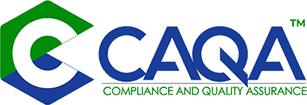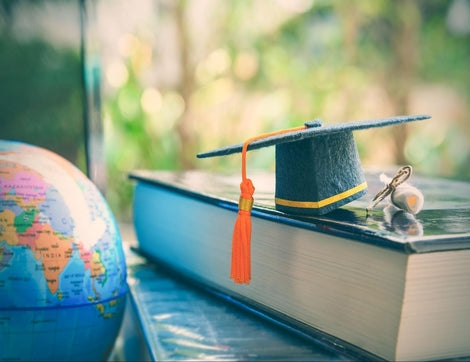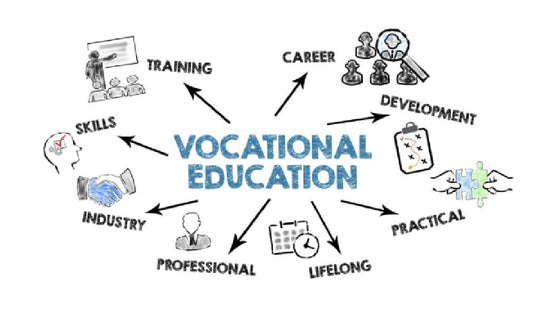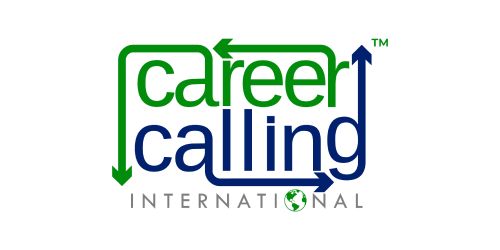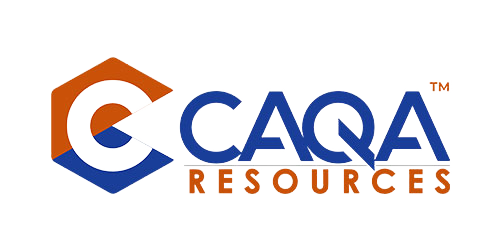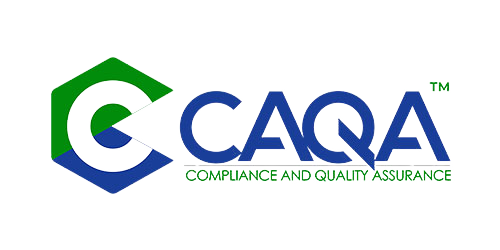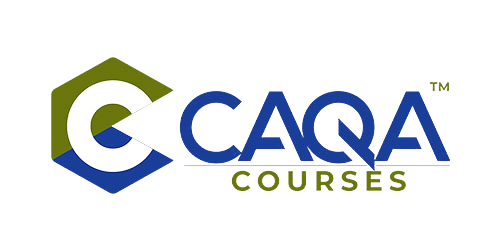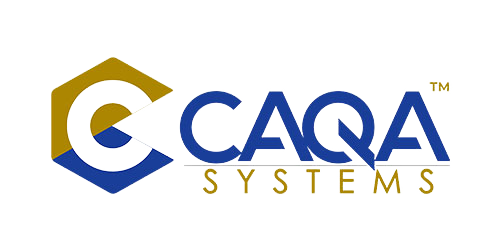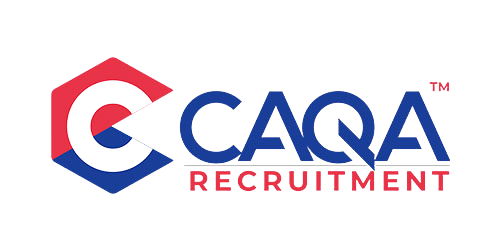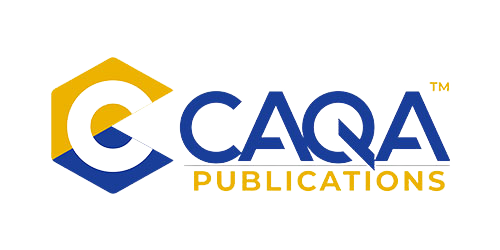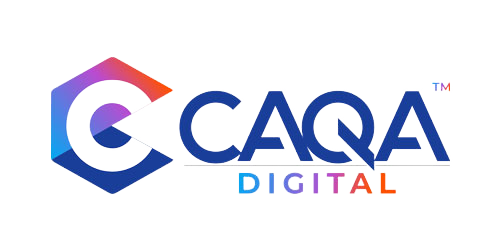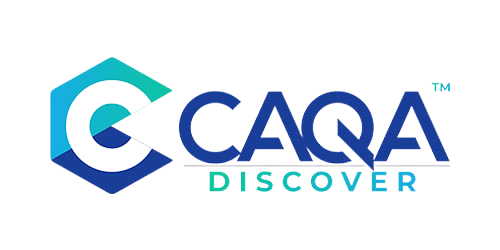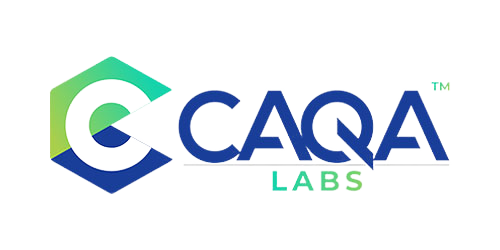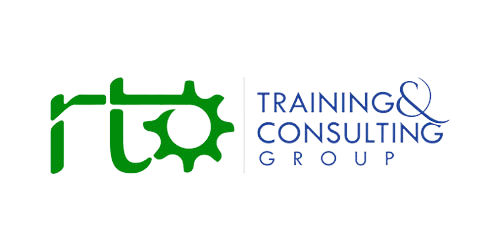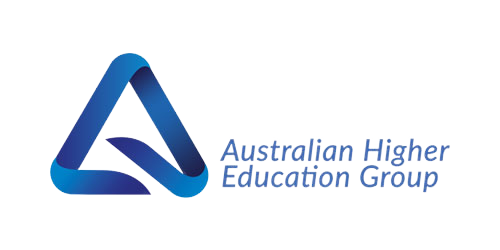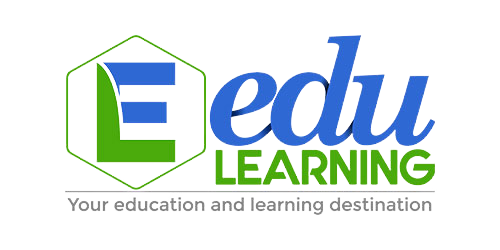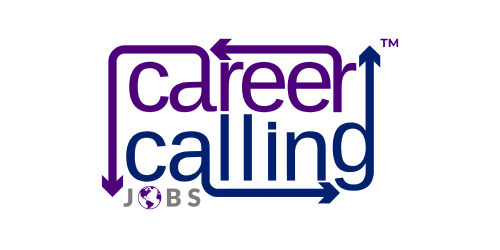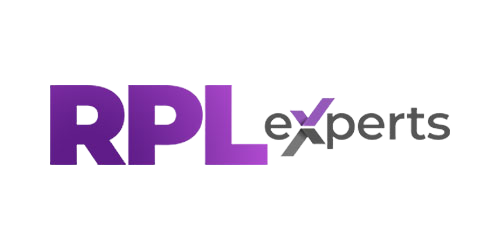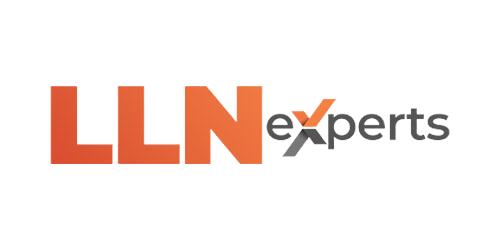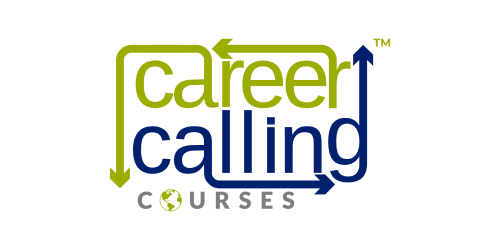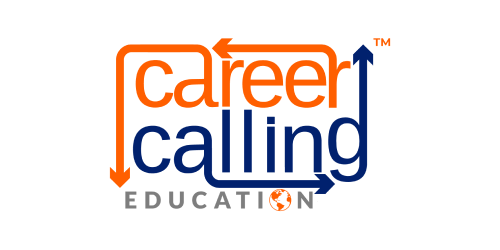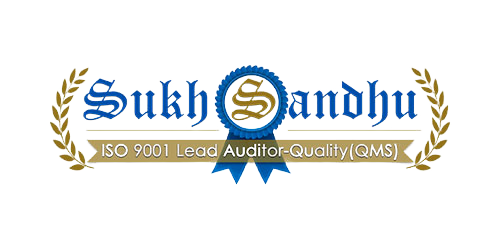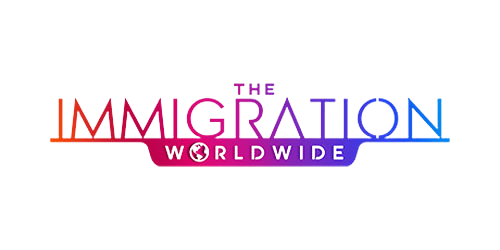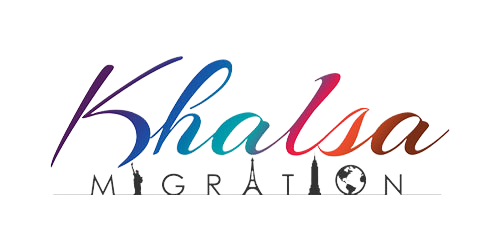The Finnish Education System
Finland's education system is globally recognised for its excellent quality. It prioritises student well-being, equal opportunities for all, and customised learning plans. The system places less emphasis on standardised testing compared to other nations and grants teachers significant autonomy in the classroom, fostering a more relaxed and productive learning environment.
The Japanese Education System
The Japanese education system is highly valued, with a strong emphasis on discipline and hard work. A rigorous curriculum is in place, with students often attending additional tutoring or cram schools, known as "juku," to supplement their education. A deeply rooted respect for teachers and authority figures forms the backbone of this system.
The German Education System
Germany's dual education system is a unique combination of classroom-based learning and practical vocational training. Students have the option to choose between academic or vocational tracks, providing them with diverse career opportunities. This system helps ensure that students are well-prepared for the workforce upon graduation.
The Montessori Education Method
The Montessori method of education emphasises self-directed learning, hands-on activities, and classrooms with mixed-age groups. This approach focuses on nurturing a child's natural curiosity, promoting independence, and instilling a love for learning. The Montessori philosophy values the development of the whole child—physical, social, emotional, cognitive.
The International Baccalaureate (IB) System
The International Baccalaureate (IB) system is a globally recognised curriculum that encourages students to think critically, understand different cultures, and engage with their local communities. The IB offers several programs, including the Primary Years Programme (PYP), Middle Years Programme (MYP), and Diploma Programme (DP), each designed for different age groups.
The American Education System
The US education system varies by state, but it generally includes primary, middle, and high school education. The American education approach places emphasis on a broad curriculum, encompassing a variety of subjects, extensive extracurricular activities, and standardised testing. Higher education options in the US are vast and include community colleges, universities, and vocational schools.
The Nordic Education Systems
Education systems in Nordic countries like Denmark, Sweden, Norway, and Finland are renowned for their focus on equal access to education, student well-being, and practical, hands-on learning. These countries value creativity, critical thinking, and collaboration in their education approaches, creating a well-rounded learning experience for students.
The Indian Education System
The Indian education system is diverse, incorporating both traditional methods and modern teaching approaches. Emphasis is often placed on rote learning, competitive examinations, and STEM (Science, Technology, Engineering, Mathematics) subjects. India's network of schools is extensive and includes government-run schools and private institutions.
The British Education System
The British education system follows a structured progression through primary, secondary, and tertiary education. The system emphasizes academic subjects, and students often undertake standardised exams such as the General Certificate of Secondary Education (GCSEs) and A-levels. The UK is also home to renowned universities such as Oxford and Cambridge.
Indigenous Education Systems
Indigenous education systems around the world offer unique learning methods, often focusing on preserving cultural heritage, passing down traditional knowledge, and fostering a deep connection with the land and the community. These systems emphasize experiential and communal learning, rooted in the values, traditions, and languages of the indigenous community.
The Australian Education System
Australia's education system is internationally recognised for its high standards, well-rounded curricula, and wide range of options for students. Spanning primary, secondary, and tertiary education, the system focuses on providing both theoretical and practical skills for students. The Australian Qualifications Framework (AQF), implemented in 1995, ensures consistency and quality across all levels of education. Additionally, the Australian Curriculum provides clear learning expectations for students across all regions of the country. Australia boasts a high tertiary education attainment rate and has well-established provisions for international students.
The Chinese Education System
China's education system is divided into basic, higher, and adult education. The system mandates nine years of compulsory education, involving primary school and junior secondary education. Although the system's rigor and structure have been commended, it has faced criticism for its immense pressure on students, focus on rote learning, and intense competition, especially surrounding the "Gaokao" university entrance exam.
The French Education System
In France, education is compulsory from ages 3 to 16, and the system is divided into primary, secondary, and higher education. The French education system is known for its uniform curriculum set by the national Ministry of Education, ensuring all students receive a standard education. This centralised approach, however, has been criticised for its lack of flexibility and individualisation.
The Kenyan Education System
Kenya's education system underwent significant reform in 2017, moving from the 8-4-4 system to the 2-6-3-3-3 system. This new system shifts the emphasis from exams to continuous assessment, aiming to foster creativity, talent, and skills needed for an engaged, empowered, and ethical society.
The South Korean Education System
South Korea's education system is renowned for its high academic standards. Compulsory education applies from ages 6 to 14, but most students continue their education into their late teens. Despite its success, the system has been linked to high stress levels among students due to its competitive nature. Many students participate in private after-school tutoring, known as "hagwon", to keep up with their peers.
The Brazilian Education System
Brazil's education system has significantly improved access to education, although quality varies widely, particularly between urban and rural areas. Education is compulsory from ages 4 to 17, encompassing preschool, primary school, lower secondary school, and upper secondary school. Despite efforts to improve education quality, Brazilian students consistently score lower than the OECD average in the PISA assessment, highlighting ongoing challenges.
The Singapore Education System
Singapore's education system is highly respected for its rigorous and competitive nature. It places a strong emphasis on mathematics and science, as well as bilingualism, with English serving as the first language.
The Canadian Education System
Canada's education system stands out for its emphasis on diversity and inclusivity. It focuses on preparing students for a multicultural, globally connected world. The Canadian curriculum promotes both academic and personal development, providing a well-rounded education experience.
Each of these education systems has unique strengths and faces specific challenges. These are often a reflection of the cultural, social, and economic contexts of their respective countries. Despite their differences, all strive towards providing quality education to their students, demonstrating the diversity and complexity of educational approaches globally.
